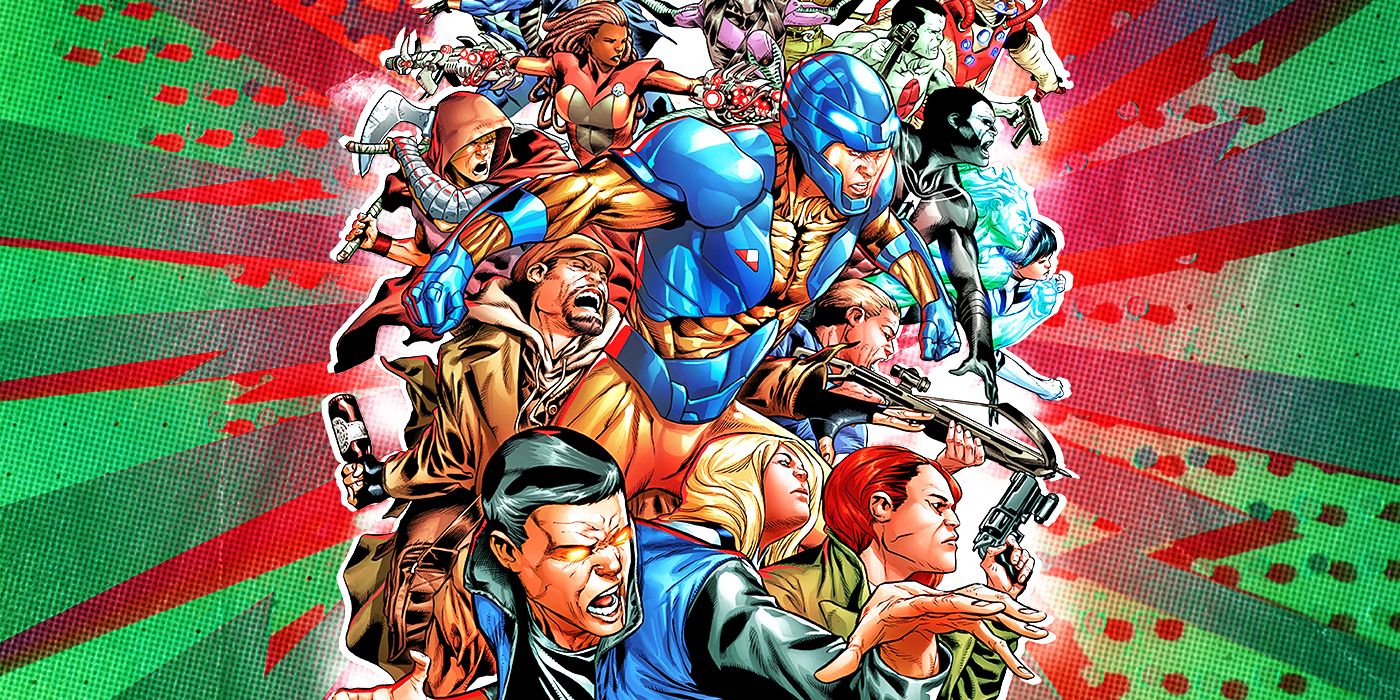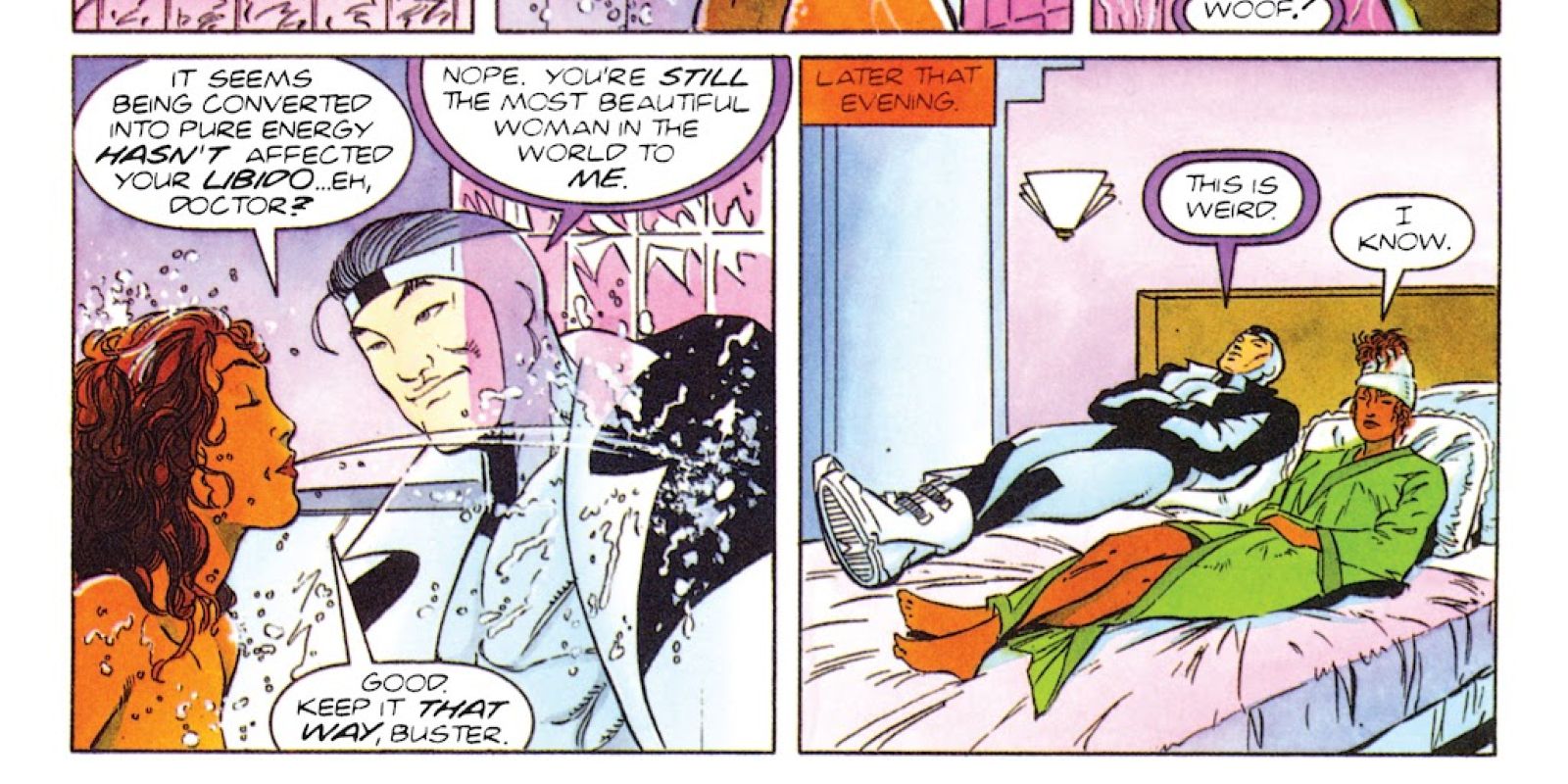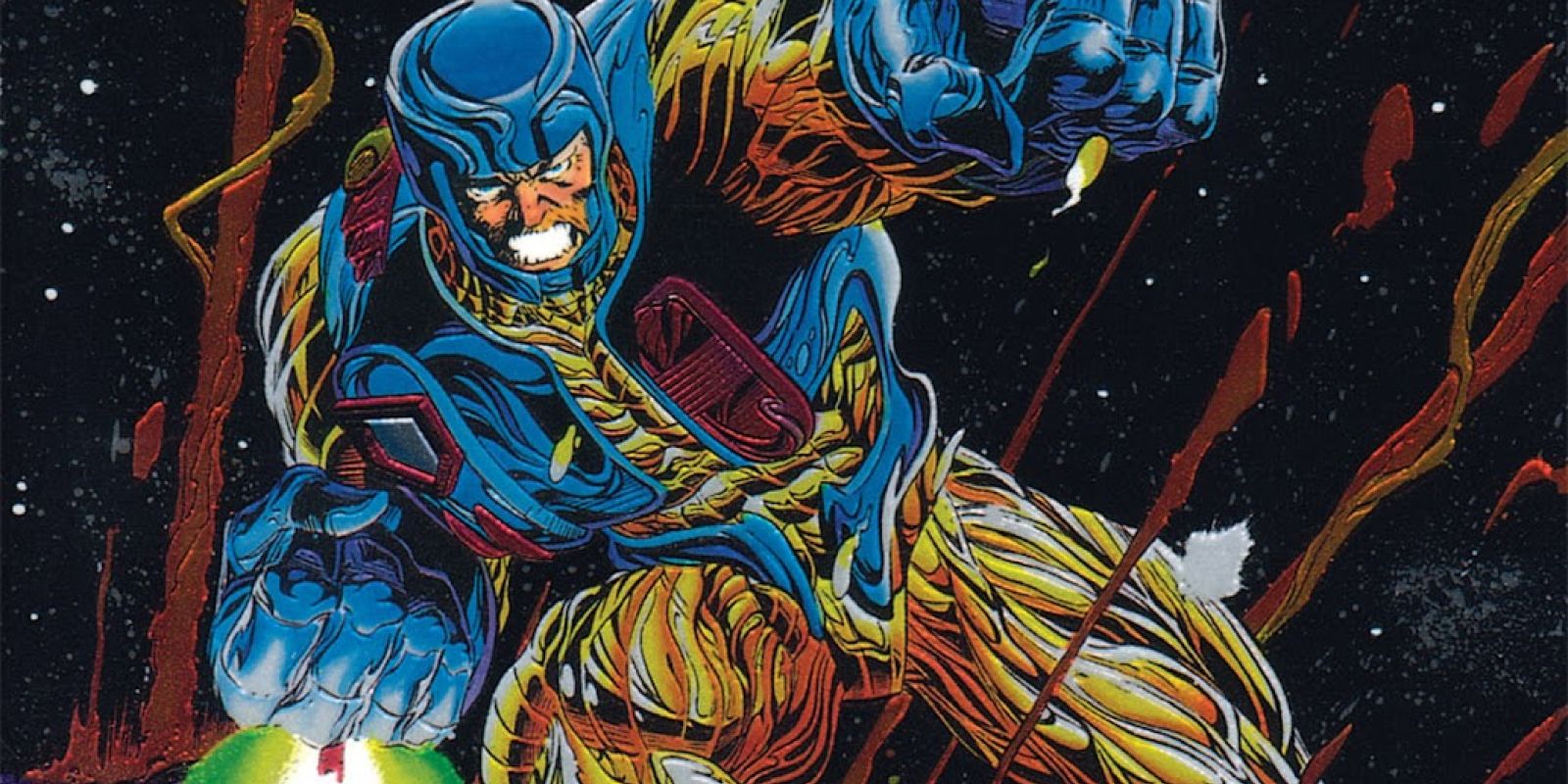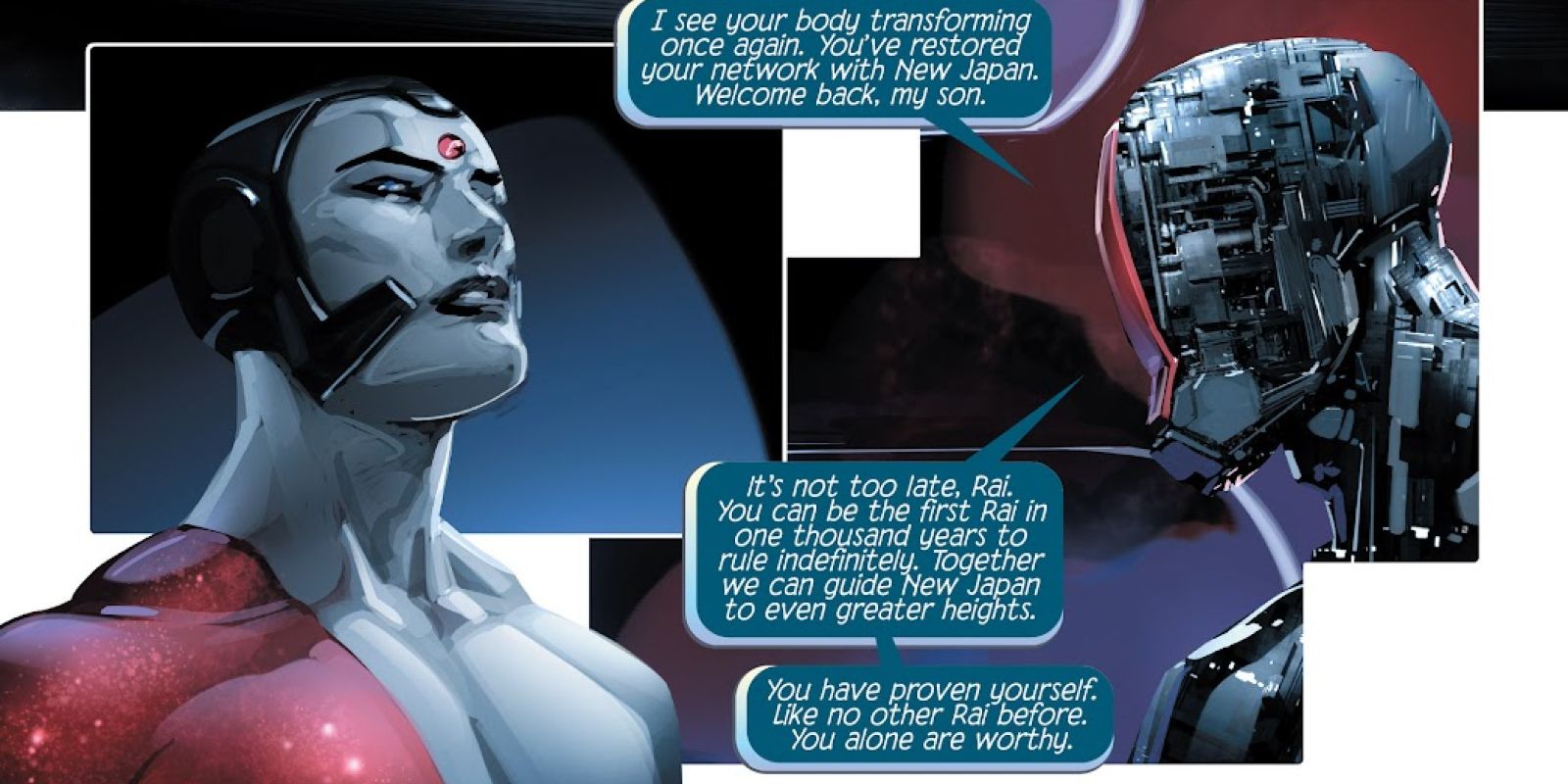Summary
- Valiant Comics has a history of overcoming obstacles and achieving success in the comic book industry, producing high-quality material and earning industry accolades.
- Valiant's early success came from launching new and revamped versions of classic characters, as well as introducing diverse and progressive characters that resonated with a wide range of readers.
- After facing financial challenges and ownership changes, Valiant Entertainment has made a successful comeback in recent years, publishing new stories and expanding its universe, although the future remains uncertain.
The history of Valiant Comics is one of overcoming incredible odds, cataclysmic lows, and wondrous rebirths. A mainstay in the comics industry since its conception, Valiant has produced high-quality material and garnered some of the greatest accolades in the industry. To begin speaking of Valiant Comics’ origin, however, is to speak of one comics most divisive figures, a man who single-handedly raised Marvel Comics to new heights of success while also garnering copious amounts of disdain from his peers: Jim Shooter.
As Marvel Comics’ ninth editor-in-chief, Jim Shooter brought a rigid structure to the company that helped raise it higher than ever before. Upon taking the position in January 1978, Shooter imposed strict new mandates on maintaining deadlines, editorial control over stories, and creators royalties based on the success of their characters. As the decade wore on, however, an exodus occurred within Marvel as many writers and artists left to work for DC Comics in protest of Shooter’s management. Despite creating company-wide crossover events such as 1982’s Contest of Champions and 1984’s Secret Wars, Shooter fell short with his radical 1986 New Universe line, which was an attempt to restart the Marvel Universe. On April 15th, 1987, Shooter was fired from Marvel Comics and launched Valiant Comics two years later.
In the wake of his departure from Marvel, Shooter attempted to purchase Marvel Entertainment in 1988 with lawyer and businessman, Steven Massarsky. When this attempt failed, the two instead launched their own company, Voyager Communications, with Valiant Comics becoming its comics publishing imprint. To prepare for this venture, Valiant recruited a number of talented writers, artists, and industry veterans, including Bob Layton and Barry Windsor-Smith. The first comic published by Valiant was 1991’s Magnus, Robot Fighter (by Shooter and Art Nichols) followed by Solar, Man of the Atom (by Shooter, Bob Layton, and Barry Windsor-Smith.) The success of Valiant’s early series paved the way for more, which included modern takes on classic characters. What started as a rebound from Marvel Comics became a company that quickly established itself as a force to be reckoned with.
Valiant Comics Brought New and Classic Characters to the Forefront
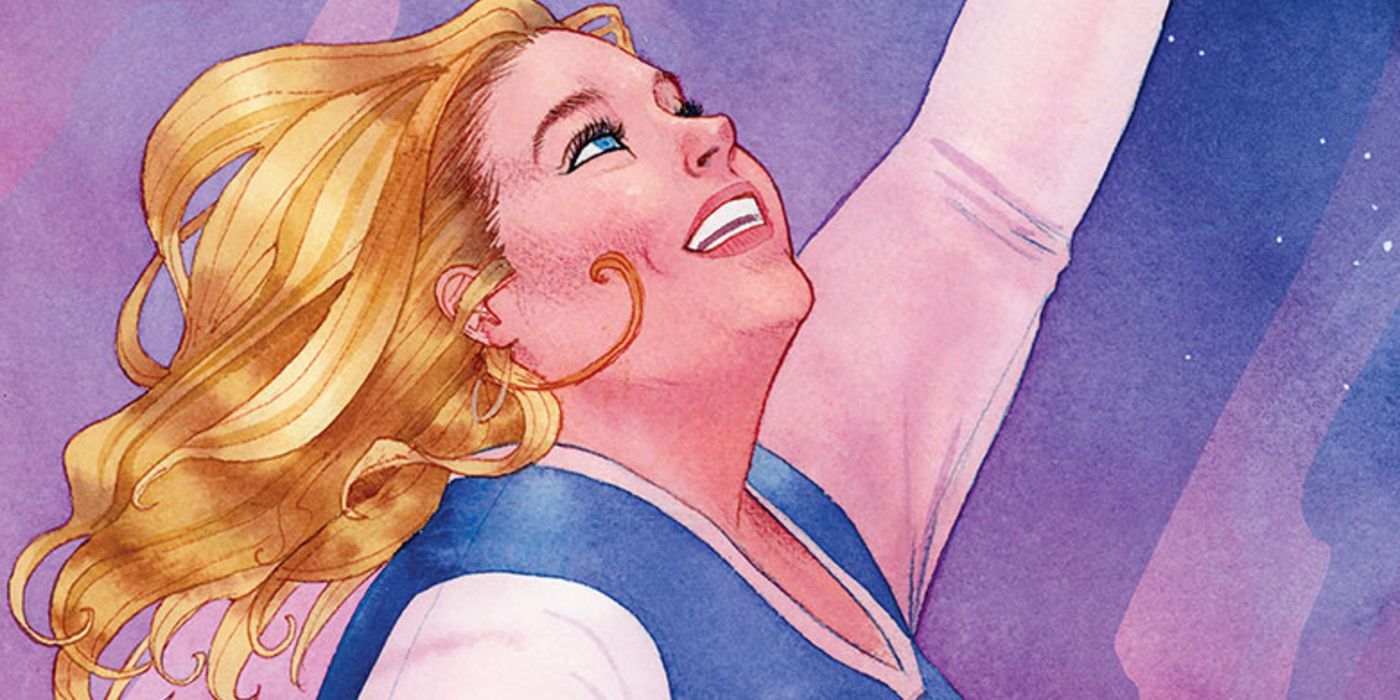
Faith Is the Wrong Hero to Restart the Valiant Cinematic Universe
Paramount is attempting to build a Valiant Cinematic Universe with a Faith movie, but she's simply the wrong character to build the brand with.
Valiant obtained the rights to three of publisher Gold Key’s classic comic characters: Solar, Man of the Atom; Turok, Son of Stone; and Magnus, Robot Fighter. Updated and altered to fit the new Valiant universe, Solar and Magnus set the stage for several other original Valiant characters to emerge. Rai, Harbinger, Shadowman, and X-O Manowar soon appeared to help populate the new universe while also starring in their own solo series. In 1992 Valiant launched its first crossover event entitled “Unity”, which further expanded its universe. Coming forth from the “Unity” event were series such as Bloodshot, Ninjak, and The Second Life of Dr. Mirage, among many others, that expanded Valiant's horizons as the new publisher proved that it could not only breathe life into forgotten titles, but also create compelling and popular brand-new characters as well.
Valiant’s characters, while certainly conforming to styles and aesthetics popular in the 1990’s, also proved to be incredibly progressive for their time. The Second Life of Dr. Mirage featured an interracial couple as its main characters, Hwen and Carmen Mirage, an Asian man and a black woman. A major facet of their storytelling lied in the fact that Hwen became intangible, a power that put a tremendous strain on their marriage. In an era of comics that catered primarily to white men, The Second Life of Doctor Mirage told a mature and refreshing story that spoke to a much larger and more diverse demographic. 1992’s Turok, Dinosaur Hunter kept its Native American hero rather than altering him to cater to popular demographics. Shadowman featured a Black man as its main character who was well-fleshed out and easily able to carry the narrative of the story. Valiant began its universe with a varied roster, presenting a picture of diversity and representation prior to it becoming a major part of today's comic book industry, proving in yet another way that the company was ahead of its time.
Valiant's Acquisition by Acclaim Entertainment Resulted in Tragedy
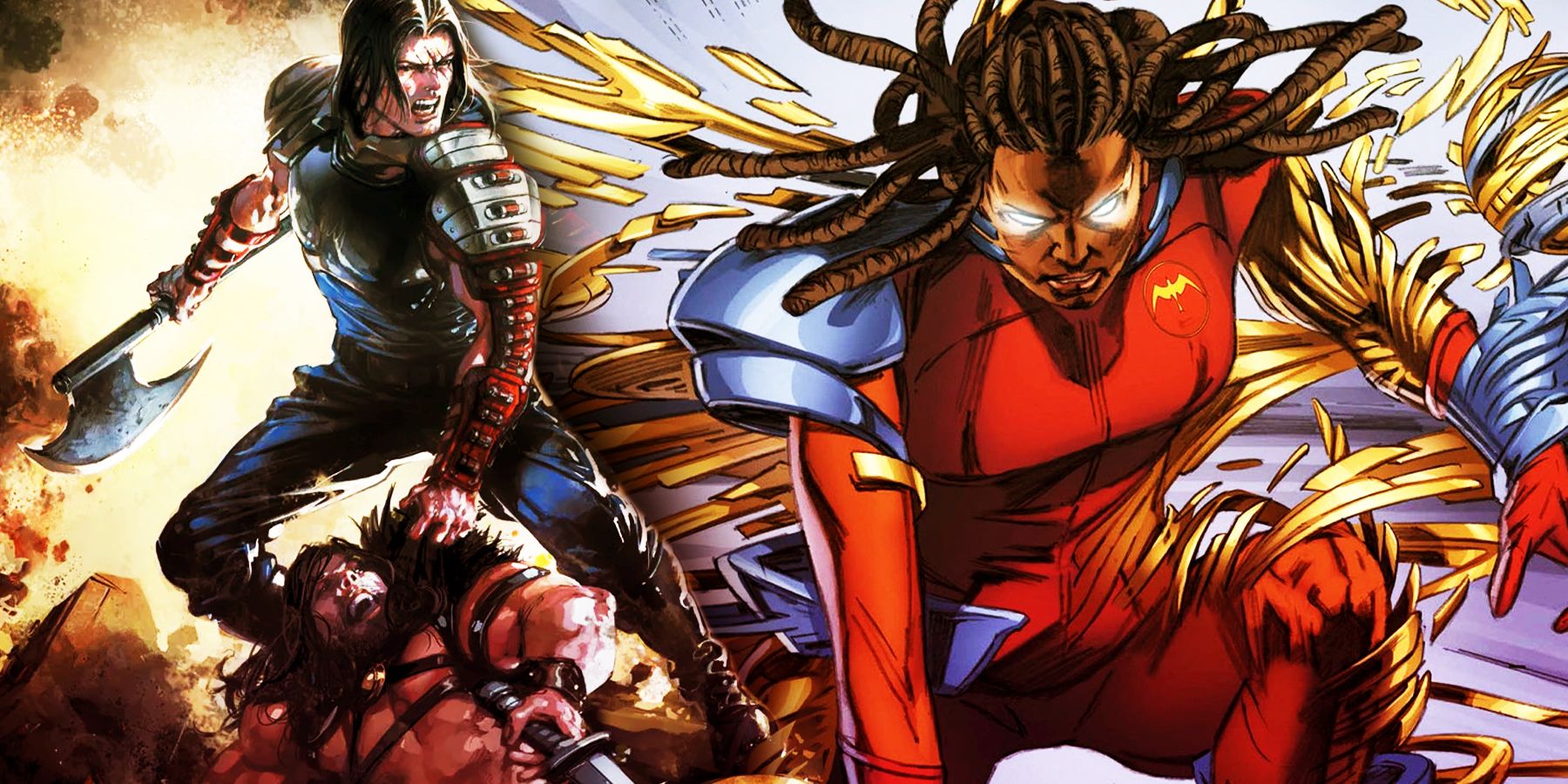
Valiant Comics' New YA Novels are a Game-Changer for the Publisher
Valiant Comics is expanding its readership with new Young Adult prose novels, and this could help the publisher regain their footing.
In 1992 Jim Shooter left the company he had just created over creative differences and the direction the company was going. While this might have seemed to be a devastating blow, Valiant was proving itself to be one of the industry’s biggest and most successful companies in the 90’s with no signs of slowing down. Such steam and positive reception made Valiant a highly desirable commodity, and in 1994 Voyager Communications was purchased by video game developer Acclaim Entertainment. The new parent company proceeded to release many different games based on Valiant IP’s including Shadowman and Turok: Dinosaur Hunter in 1997 with Armorines: Project S.W.A.R.M. being released in 1999. Perhaps the most ambitious of Acclaim’s Valiant releases was a cross-over title with Marvel Comics, 1996’s Iron Man and XO Manowar in Heavy Metal. Turok proved to be the most successful of Acclaim’s Valiant titles, spawning several more sequels on both PC and home consoles.
Acclaim’s ownership of Valiant did not last for very long. A combination of poor game sales, mismanagement, unpaid royalties resulting in dissolution of partnerships, and egregiously bad publicity stunts brought Acclaim to file for Chapter 7 bankruptcy in 2004. With the fate of Valiant and its characters up in the air, the future of the brand seemed bleak and uncertain, but there was still light on the horizon. In 2005, a small band of entrepreneurs fronted by Dinesh Shamdasani and Jason Kothari raised enough financing and pulled Valiant back from the brink. Now owning the Valiant Comics library, the new owners formed a new entity: Valiant Entertainment.
Valiant Entertainment Ushered in the Comeback of the Decade
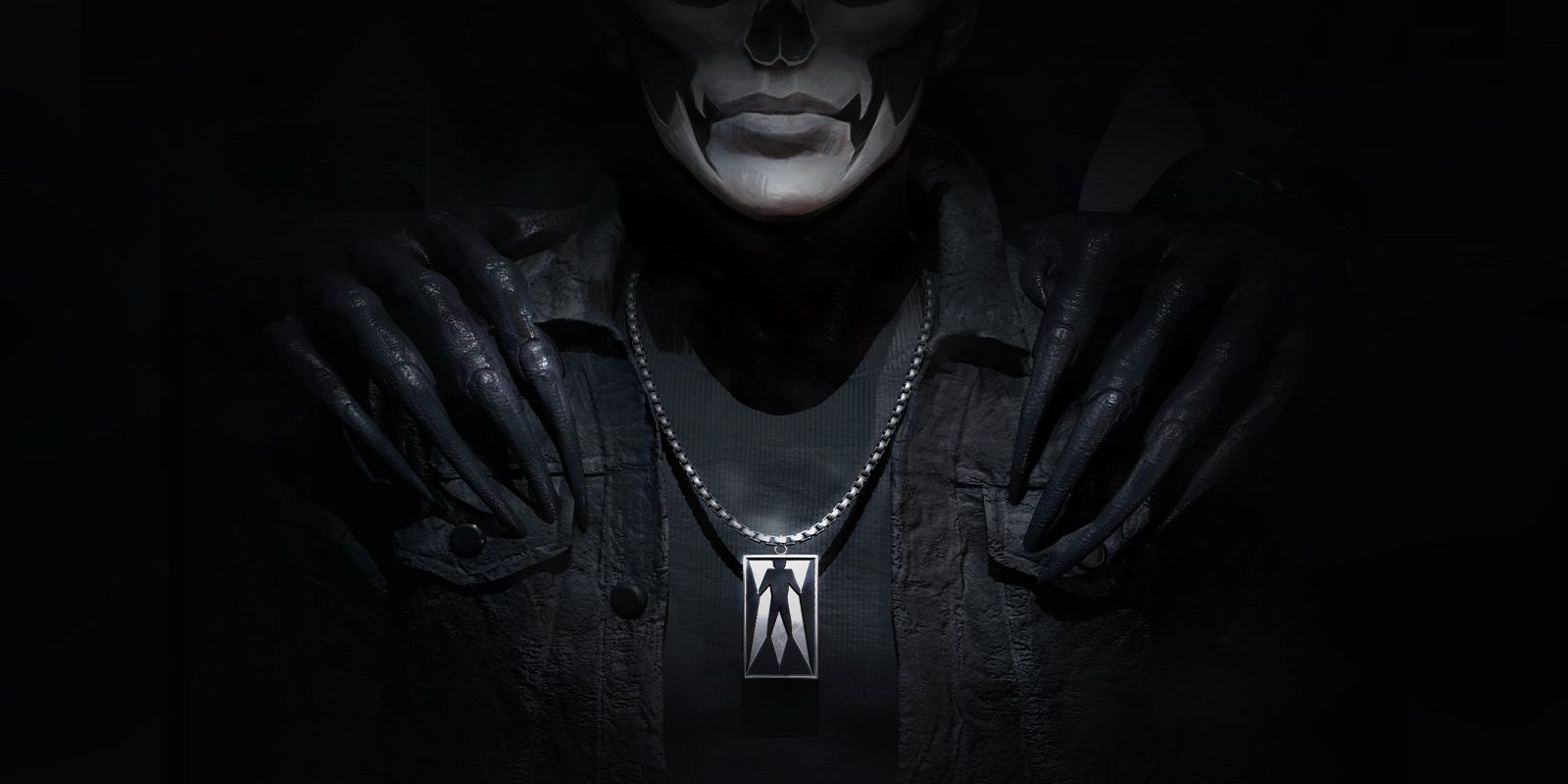
Valiant's Next Game Erases Its Most Popular Shadowman
The new Shadowman game focuses on Jack Boniface, completely doing away with the version of the hero of Acclaim's Valiant video games.
Determined to return to the success the company enjoyed in the '90s, Valiant Entertainment wasted no time in reestablishing the brand as a force in the world of comics. In 2007, Jim Shooter was brought back to pen brand-new short stories that were to be included with premium hardback collections of classic series. Valiant Entertainment received a capital investment from Cuneo & Company in 2011, and in 2012, began publishing all new stories. Opting to make their return as large as possible, the company launched “The Summer of Valiant” in 2012, an event in which the Valiant Universe would return across four published series: X-O Manowar, Harbinger, Bloodshot and Archer & Armstrong.
To make the return of the Valiant Universe even better, the company implemented the Pullbox Program and the QR Voice Variant, which were means for fans to get exclusive variant covers of comics and a QR video that made the characters seem as if they were talking in the comics. Valiant would go on to enjoy a massive amount of success throughout the 2010’s, winning multiple awards for their series, and launching several new ones over the years. It was a rebirth for the ages, a feat even more impressive considering where the company had been only a few years prior.
Valiant has a Bright (but Uncertain) Future
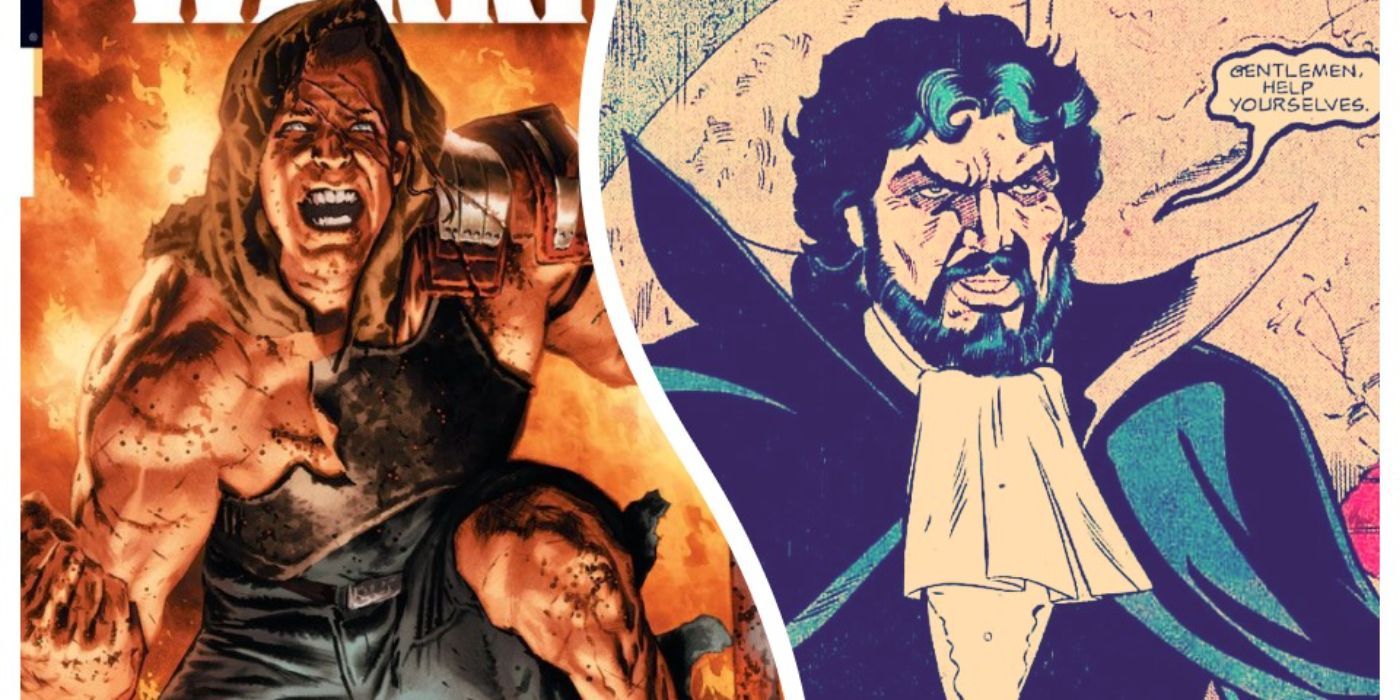
DC’s Most Savage Villain Has a Lot in Common With a Valiant Comics Hero
Vandal Savage may be an unrepentant villain, but he has a lot of similarities with an equally immortal hero from Valiant Comics: the Eternal Warrior.
In 2018 it was announced that global media and entertainment company DMG Entertainment had purchased Valiant Entertainment. The next four years consisted of constant shifts in management and staffing that turned the company into a revolving door of names and faces as positions were emptied and filled. Multiple new series and projects were announced during this period, including the 2020 film Bloodshot starring Vin Diesel. Later that year, DMG Entertainment revealed that the CW Network would be developing a Dr. Mirage series, while Sony Pictures would helm a Faith feature film. In June of 2023 DMG Entertainment announced it had entered a licensing partnership with Alien Books to oversee all publishing of Valiant's comics, graphic novels, and trade paperback collections.
Although the future of Valiant is not quite as as bright as it was in 2012, there is still a tremendous chance for success and growth. While it is admittedly difficult to foresee the twists and turns a major media company will take, Valiant has persisted in producing content that resonates well with fans. Even though the company now has a very different in structure than it did when it was first founded, Valiant Entertainment has proven that it has staying power and is willing to do what it takes to remain a force in the industry.


